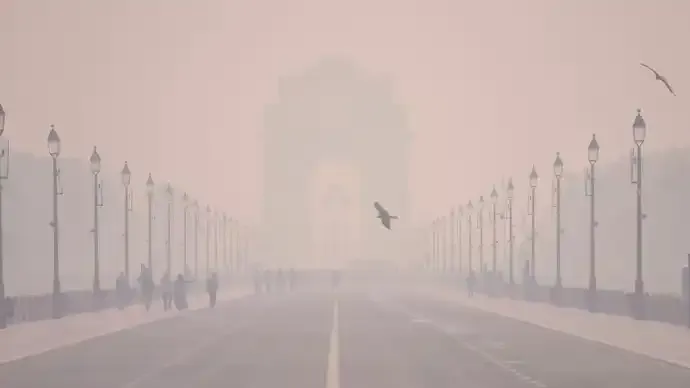Shopping cart
Your cart empty!
Terms of use dolor sit amet consectetur, adipisicing elit. Recusandae provident ullam aperiam quo ad non corrupti sit vel quam repellat ipsa quod sed, repellendus adipisci, ducimus ea modi odio assumenda.
Lorem ipsum dolor sit amet consectetur adipisicing elit. Sequi, cum esse possimus officiis amet ea voluptatibus libero! Dolorum assumenda esse, deserunt ipsum ad iusto! Praesentium error nobis tenetur at, quis nostrum facere excepturi architecto totam.
Lorem ipsum dolor sit amet consectetur adipisicing elit. Inventore, soluta alias eaque modi ipsum sint iusto fugiat vero velit rerum.
Sequi, cum esse possimus officiis amet ea voluptatibus libero! Dolorum assumenda esse, deserunt ipsum ad iusto! Praesentium error nobis tenetur at, quis nostrum facere excepturi architecto totam.
Lorem ipsum dolor sit amet consectetur adipisicing elit. Inventore, soluta alias eaque modi ipsum sint iusto fugiat vero velit rerum.
Dolor sit amet consectetur adipisicing elit. Sequi, cum esse possimus officiis amet ea voluptatibus libero! Dolorum assumenda esse, deserunt ipsum ad iusto! Praesentium error nobis tenetur at, quis nostrum facere excepturi architecto totam.
Lorem ipsum dolor sit amet consectetur adipisicing elit. Inventore, soluta alias eaque modi ipsum sint iusto fugiat vero velit rerum.
Sit amet consectetur adipisicing elit. Sequi, cum esse possimus officiis amet ea voluptatibus libero! Dolorum assumenda esse, deserunt ipsum ad iusto! Praesentium error nobis tenetur at, quis nostrum facere excepturi architecto totam.
Lorem ipsum dolor sit amet consectetur adipisicing elit. Inventore, soluta alias eaque modi ipsum sint iusto fugiat vero velit rerum.
Do you agree to our terms? Sign up

The artificial rain experiment planned in Delhi-NCR by the Indian Institute of Technology (IIT) Kanpur has been temporarily suspended after scientists found that atmospheric moisture levels were far too low for successful cloud seeding. The decision comes just a day after the capital conducted its first such trial in over five decades to tackle severe air pollution.
According to IIT Kanpur researchers, real-time meteorological readings showed inadequate cloud moisture across the Delhi region, rendering conditions unsuitable for artificial rainfall. The process, which involves dispersing chemicals such as silver iodide and sodium chloride into moisture-laden clouds to trigger precipitation, requires humidity levels of around 50%. Currently, Delhi’s air moisture is just 10–15%, significantly below the required threshold.
Officials have confirmed that operations will resume once the India Meteorological Department (IMD) predicts favorable weather conditions for seeding.
On Tuesday, a Cessna aircraft equipped with flares containing silver iodide and sodium chloride conducted limited trials over Burari, Karol Bagh, Mayur Vihar, and Badli. Though no rainfall was recorded in most of Delhi, traces were observed in Noida (0.1 mm) and Greater Noida (0.2 mm).
Preliminary data suggested a marginal decline in pollution levels. PM2.5 readings dropped from around 230 to 206 in test zones, while PM10 levels decreased from 209 to under 180. Delhi’s Environment Minister Manjinder Singh Sirsa said the trials were primarily experimental but provided valuable data for future operations.
Environmental experts, however, have cautioned that cloud seeding offers only temporary relief and should not replace long-term pollution control measures.
Environmental activist Vimlendu Jha emphasized the need for addressing root causes of smog rather than short-term technological fixes. “Cloud seeding can momentarily improve air quality, but it doesn’t solve vehicular emissions, stubble burning, or industrial waste problems,” he said.
The current operation marks Delhi’s first large-scale cloud seeding initiative in 53 years. Earlier experiments were carried out in 1957 and the early 1970s, using silver iodide generators during the monsoon season.
Officials from IIT Kanpur have planned around 9–10 additional trials in the coming weeks, depending on IMD forecasts and favorable weather. The project aims to assess whether artificial rainfall can effectively reduce toxic particulate matter and improve Delhi’s deteriorating air quality.
Until then, the skies over the capital remain dry, and its residents continue to battle alarming pollution levels that have pushed the city’s Air Quality Index (AQI) into the “severe” category once again.
12
Published: Oct 29, 2025